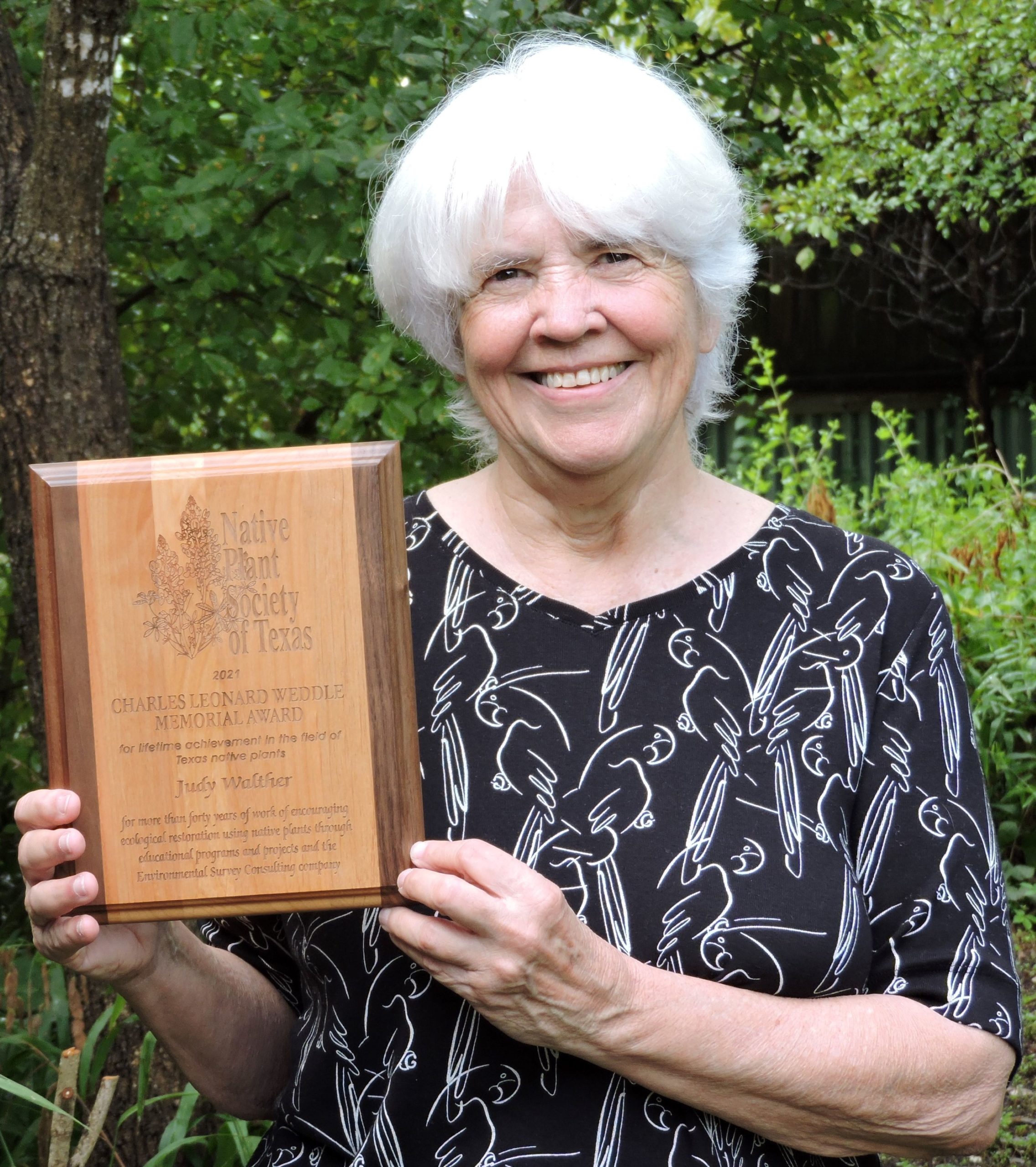



Stan Wilson, ESC General Manager and Certified Ecological Restoration Practitioner (CERP), has been working to restore the riparian landscape along the Comal and Guadalupe rivers and their tributaries since 2019. This work is coordinated by the Edwards Aquifer Habitat Conservation Plan (EAHCP), which is funded by municipal water customers in the major counties within the Edwards Aquifer contributing, recharge, and artesian zones. Recently, EAHCP profiled our restoration work at Landa…
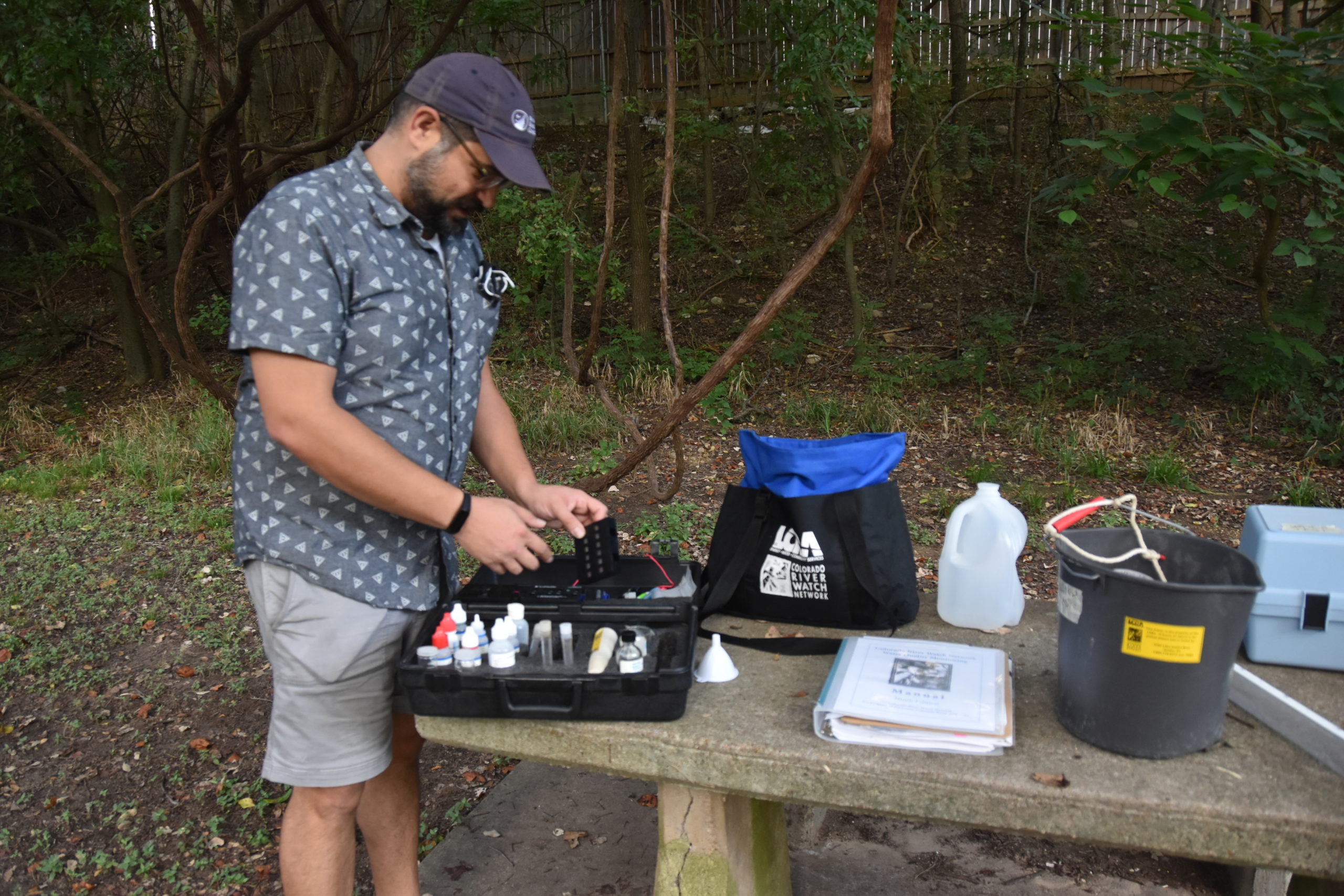
Did you know that August is Water Quality Month? The work the we do at ESC is entirely in service to our natural resources, including water! Our services include green storm water infrastructure, as well as native landscape design and installation that reduces or even eliminates the need for irrigation, supplemental feeding, and herbicide, all of which can negatively affect our shared waterways. In addition to our regular work, our…

During our recent deep freeze and snowfall, most of our native plant species were able to survive, even as many exotic species perished. One early spring bloomer that survived during the freeze was giant spiderwort (Tradescantia gigantea). Even though this perennial plant’s long, slender leaves were already apparent prior to the freeze, they came out nearly unscathed (some leaf tips experienced “freeze burn”). Now these survivors are displaying their three-petal…
ESC Ecologist, David Mahler’s presentation, Harvest and Use of Native Seed in the Garden and in Restoration, originally preseted at the online chapter meeting of Native Plant Society of Texas, San Antonio is now available for your (FREE) viewing pleasure. Learn how to ethically and effectively harvest seeds, as learned by Mahler in his decades of restoration work at Spicewood Ranch.
The Taniguchi Garden at Zilker Botanical Garden in Austin, Texas was built by Isamu Taniguchi as a gift of peace and tranquility to our city and has made an indelible mark on those who have visited. When the Zilker Botanical Garden Conservancy decided to install a riparian stream bed and demonstration garden to connect the Taniguchi Garden to the pond near the Rose Garden, it was Isamu Taniguchi’s grandson, architect…
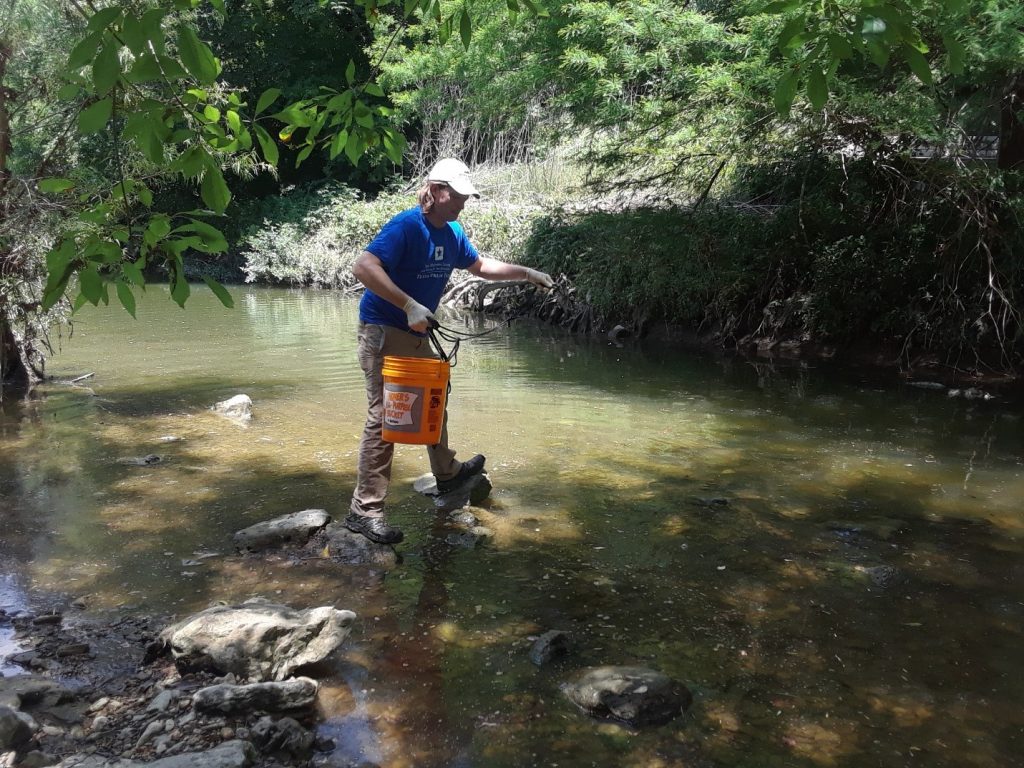
Last year, several Environmental Survey Consulting (ESC) staff members decided that we wanted to learn how to monitor water quality for the Colorado River watershed. We contracted Michael Jones with the Texas Stream Team in San Marcos to travel to Austin and provide training. Michael provided in-classroom training at the Austin History Center and then an in-field training on Shoal Creek at Seiders Springs. We were also joined by several…
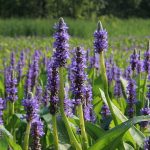
Plants and Phytoremediation Unlike raingardens, wet ponds are designed to capture and hold runoff from impervious cover. Urban runoff can carry pollutants such as gasoline, motor oil, heavy metals, fertilizers, pesticides, aromatic hydrocarbons (PAHs), nickel, copper, zinc, cadmium, lead, synthetic organic compounds, zinc nitrates and phosphorus. Phytoremediation is the use of plants for cleaning up contaminants in soil, groundwater, surface water and air. Fortunately, the plant communities ESC establishes and…
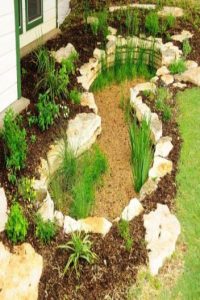
Green Infrastructure for Your Yard With increasing pressure to better handle flood events and improve water quality, many municipalities (including the City of Austin) are implementing measures to slow down, retain, and treat stormwater on-site, allowing it to permeate into the groundwater while carrying less runoff pollution. The methods for accomplishing this are collectively known as green infrastructure. While cities are funding these projects with public money and installing them…
Environmental Survey Consulting (ESC) uses the principles of ecological restoration to design and build beautiful landscapes that reflect Texas’ natural heritage. In addition we provide naturalistic water features, hardscape using local stone, and low-impact nature trails.
ESC also designs and carries-out ecological restoration plans for upland, riparian and wetland habitats, provides park and preserve planning and consulting, and offers ecological education services to groups of all ages.
